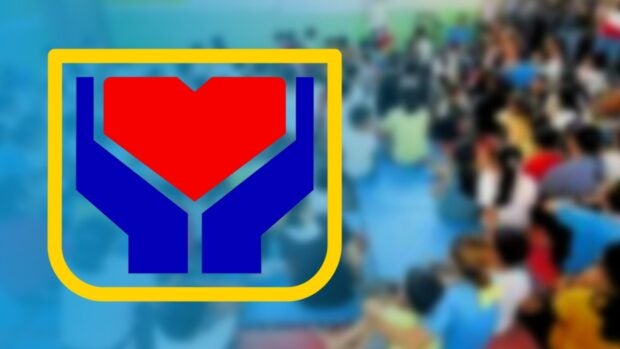
CEBU CITY, Philippines — Food poor families or families who do not have the capability to buy or access food will be given food stamps as part of the government’s alleviation program.
.With the success of the pilot implementation of the Department of Social Welfare and Development’s (DSWD) ‘Food Stamp Program’ last year, the agency has expanded more areas covered, including provinces in Region 7, for its full implementation this July.
On Tuesday, DSWD-7 Director Shalaine Marie Lucero, said in a news forum that as of now, the agency is still preparing for the program’s full implementation as they are also training the staff needed in the areas covered.
READ:
Gov’t food stamp program in full blast by July – DSWD
‘Walang Gutom 2027: Food Stamp Program’ declared major gov’t project
Lawmakers say P3,000 food aid not enough, but it’s a good start
“We are still in the stage of engaging in the local government unit (LGU) aron atong ma-discuss ang mga potential beneficiaries of the Food Stamp, ang mechanism unsaon sila pag-enroll sa maong programa and of course ang support nga ipaabot coming from the local government unit,” Lucero said.
The program aims to reduce the incidence of involuntary hunger and the agency will provide monetary assistance of P3,000 that will be released through Electronic Benefit Transfer (EBT) cards every month.
Beneficiaries will use their EBT cards to purchase selected food and commodities from eligible merchants accredited by DSWD that would include cooperatives, small medium enterprises, and Kadiwa stores.
Eligible beneficiaries
Moreover, the eligible beneficiaries will be based on the list of the DSWD. These beneficiaries, Lucero said, are the families considered to be “food poor” or those families who do not have the capability to “buy” or “access food.”
A beneficiary should be a “food-poor” family, or those belonging to the lowest income bracket with a monthly income of P8,000.
Lucero said that one of the designs of the program is its allocation of 50 percent of the amount for carbohydrates-rich foods, 30 percent for protein, and 20 percent for fats.
“Ing-ana ang composition because ang intention gyud is really to address the lack of ability to buy food that can actually make them healthy,” Lucero added.
To avoid buying unhealthy foods, the agency also provided lists of items in partnership with the stores that would identify the items the beneficiaries are allowed to purchase.
The program targets one million beneficiaries and Lucero said that those families included in the 4Ps are excluded from the food poor families program because they are already receiving monthly assistance from the government.
The beneficiaries must also attend the nutrition education session conducted by barangay health workers and attend the skills training available in the Technical Education and Skills Development Authority (TESDA) or from other providers.
Lucero said that the agency will also bring the beneficiaries to job opportunities.
“So that maabot ang panahon, mintras naghatag ta nila og food assistance for P3,000 per month, they will have to be able to find as well opportunities for employment para paghuman sa program, kaya na nila on their own,” the regional director added.
In Central Visayas, the agency will cater almost 32,000 families who are food poor from Cebu Province and Negros Oriental.
The agency here is targeting to start the validation of the beneficiaries on June 3 and finish by the time of the implementation in July.
Coordination with the LGUs
As they are preparing for the program’s launch, DSWD will be meeting with the governors of the respective provinces and mayors of the highly urbanized cities like Lapu-Lapu and Mandaue in Region 7 to discuss the program’s mechanism.
“We have always been working with the local government and I trust that our kind governors will support because this is something that will help their constituents labi na sa nanginahanglan nga gitawag nato’g food poor,” Lucero said.
The regional director added that the Food Stamp Program would also be a good help for the beneficiaries noting the increasing inflation rate.
Earlier, the DSWD said it is eyeing to reach 1 million beneficiaries of the food poor families program by 2027 as part of President Marcos’ directive for the food-stamp initiative to be a flagship program in reducing involuntary hunger among Filipinos
The food stamp program will have 300,000 beneficiaries for 2024 and 600,000 beneficiaries by 2025.
The DSWD began its pilot implementation of the food stamp program in December last year with an initial 2,285 beneficiaries from Tondo, Manila; San Mariano, Isabela; Dapa, Siargao; Gachitorena, Camarines Sur; and Parang, Maguindanao. | with reports from Julie M. Aurelio, INQUIRER.net